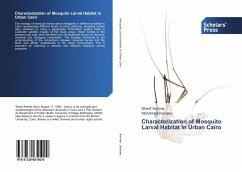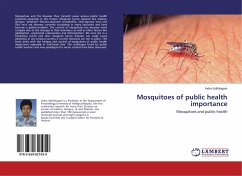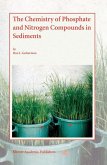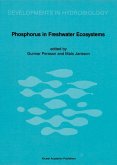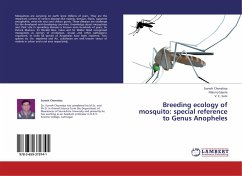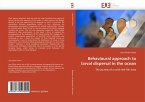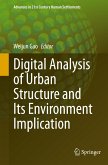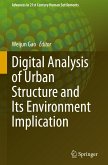The ecology of mosquito larvae was investigated in different localities in Cairo representing different levels of urban planning. Sampling frames were obtained by using a geographic information system (GIS) to subdivide satellite images of the study areas. Water bodies in the selected grid cells were identified and characterized based on physical, chemical and biological parameters. The findings contribute to our understanding of the interactions between mosquito larvae and the biotic and abiotic components of the urban environment. This is important for planning a relevant and effective mosquito control programs.
Bitte wählen Sie Ihr Anliegen aus.
Rechnungen
Retourenschein anfordern
Bestellstatus
Storno

